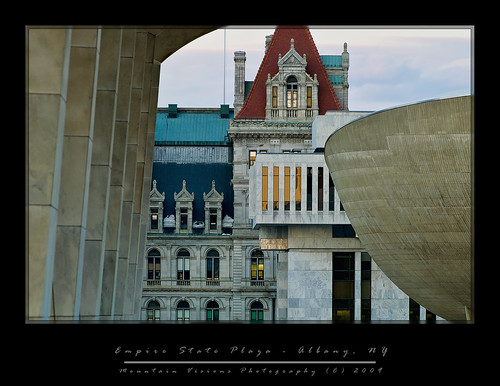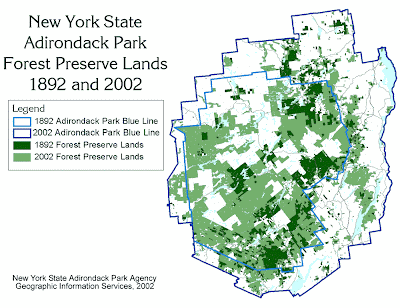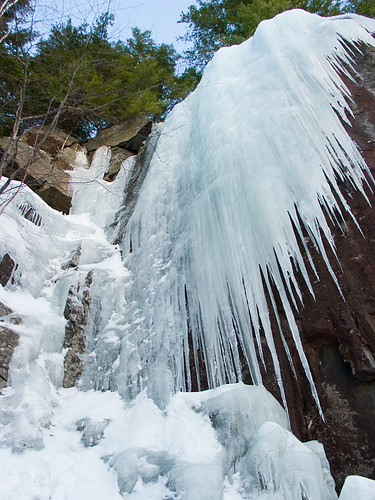
Headed out to a not yet (fully) discovered crag today for my 3rd visit. This was the first time I attempted to climb anything at it, the second time out I did a bit of ice bouldering but the ice was fairly thin and brittle.
It turned out I miscalculated the gear I needed, and ended up on a lead without any screws, or rock gear. Considering my plan wasn't to actually lead anything but to top rope I was fully prepared, just not for the change of plans.
This was sort of an endeavor of lazy stupidity. Since we didn't bring snowshoes moving around the 4 feet of unbroken snow at the base of the climb was a bit slow, and I thought the left side of the climb looked like a 4th class scramble. The problem of course was to get to the ramp, I needed to climb a fairly vertical wall on the left, or up the ice on the right and traverse to the left. Third option was a broken 5th class (5.1-5.2) crack system with some small trees for protection.
Going up the ice and then moving slightly left to the crack system seemed doable since I had slings but no hard protection. I ended up bailing on a tree after piddling around and frustrating my belayer even though the holds and protection was solid. Something about not having the gear to properly do the climb, getting to the top and not having any slings left to set up a rappel, and a few other things like falling and having to explain to a rescue party how I was so thoroughly and stupidly unprepared to lead a climb, yet I continued to lead the climb
.
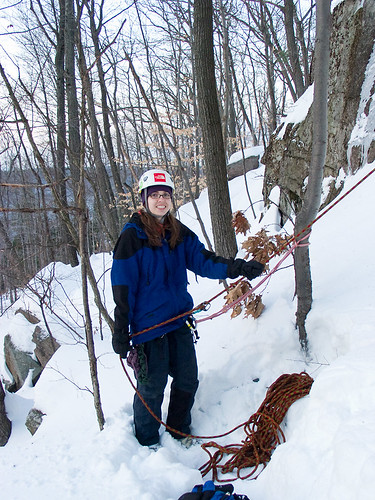
I anchored into the tree, called for slack and passed the rope through (around) the tree, tied in a second time, untied my original figure of 8, and down climbed. Then a did a little climbing on the right side which I'd rate as an NEI3. The ice was a little hollow, but the wall to the right looked solid.
The icicle to the right was dead vertical, and a short (60ft) NEI 4 if you went right. Further right were were a few chutes at NEI 2+ to NEI 3, plus some multi tiered short climbs that reached about 120ft up the cliff side.
While the ice was good, I was a little disappointed in the growth of it over the last month. Definitely not nearly as fat or diverse as I'd have expected after the extended cold, plus decent snowfall, and a little warm spell for melt runoff, followed by cold nights.
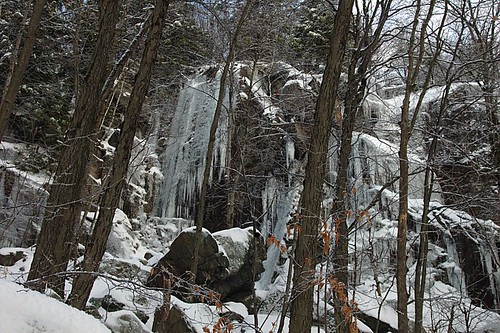
Next week I'll bring some screws, a few stoppers and some alpine draws. Perhaps a first ascent of the climb?
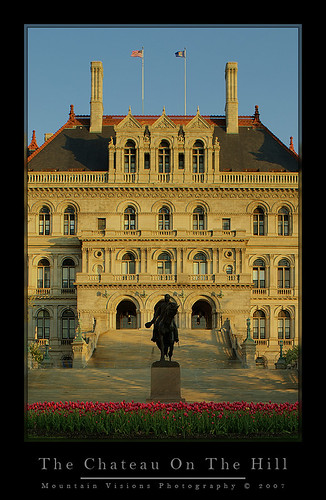 People either love or hate the
People either love or hate the  The
The 








